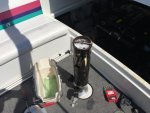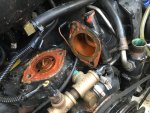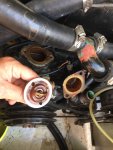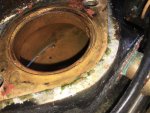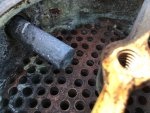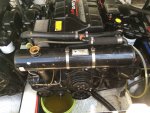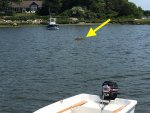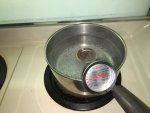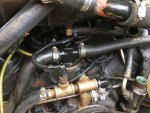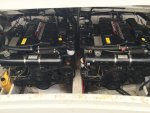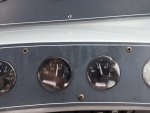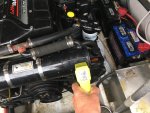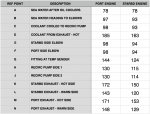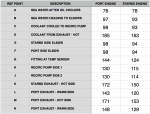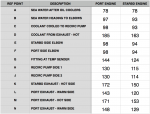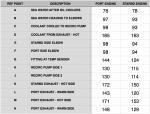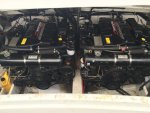- Joined
- Jul 18, 2011
- Messages
- 18,871
UPDATE:
OK, I took today off to hopefully fix the cooling issue . . .
I got a new thermostat and tested it on the stove. Starts to open at 160 F and wide open at 170 F
I got some CLR and some Kaboom
So, the 'plan' is to got out to the boat (mooring) and pull the HE again. Clean the holes, etc. Replace the thermostat. Put it all back together and go for a test run.
I can then test the original thermostat back at the house to see if it was the culprit.
OK, I took today off to hopefully fix the cooling issue . . .
I got a new thermostat and tested it on the stove. Starts to open at 160 F and wide open at 170 F
I got some CLR and some Kaboom
So, the 'plan' is to got out to the boat (mooring) and pull the HE again. Clean the holes, etc. Replace the thermostat. Put it all back together and go for a test run.
I can then test the original thermostat back at the house to see if it was the culprit.




















